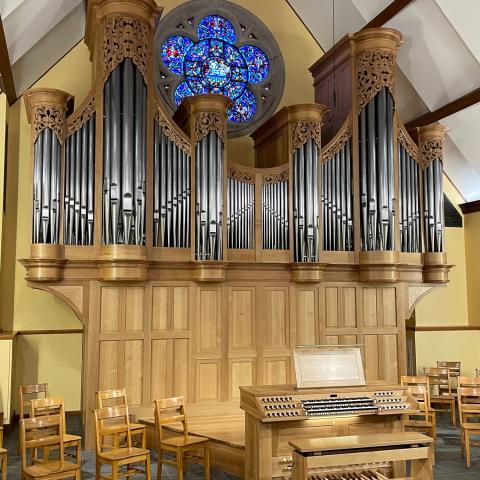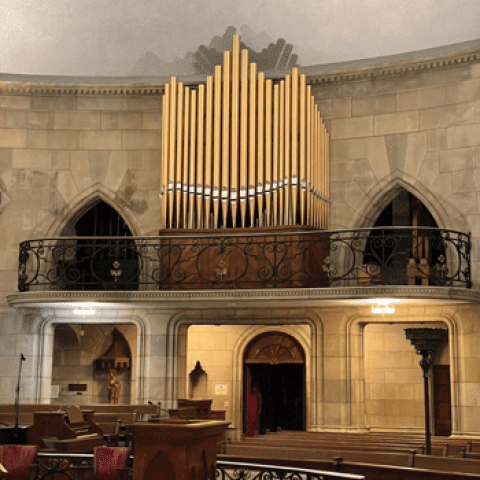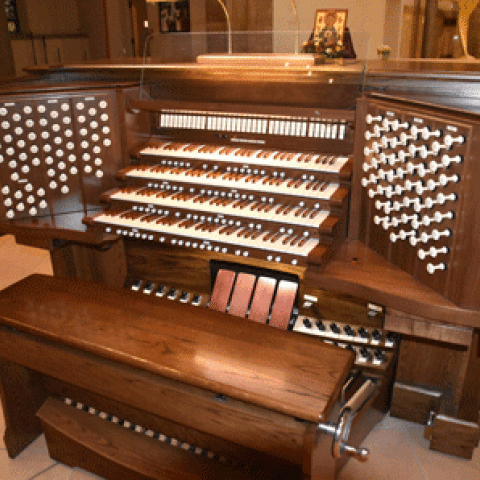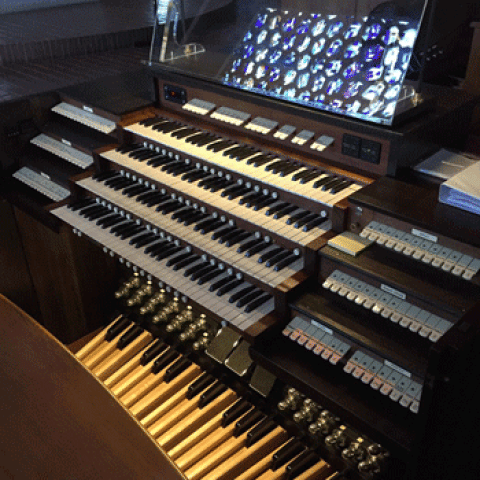
Saint George's Episcopal Church, Arlington, Virginia, will celebrate their new Pasi Organ Builders Opus 28 pipe organ with a dedication weekend, February 11–13.
Friday, February 11, 8 p.m., dedication recital by Kola Owolabi, featuring the premiere of Brenda Portman’s Aspects of Light. Livestreamed at saintgeorgeschurch.org/live
Saturday, February 12, 10 a.m., Dinosauria & Donuts, a concert and organ demonstration for children.
Sunday, February 13, 10:30 a.m., Festival Holy Eucharist and organ dedication, with Stan Curtis, trumpet; Melissa Bishop, clarinet; and the Saint George’s Choir.
For information: saintgeorgesmusic.org
Pasi Opus 28 comprises 33 stops, 39 ranks, on two manuals and pedal.
For information: https://saintgeorgesmusic.org/organ and http://www.pasiorgans.com/
Other organ builder news:







